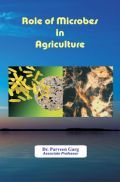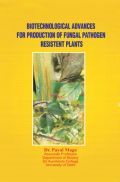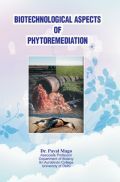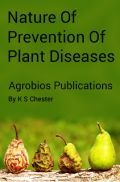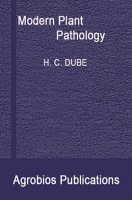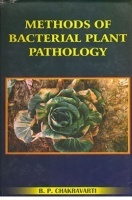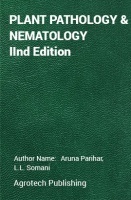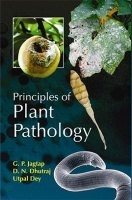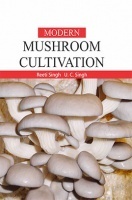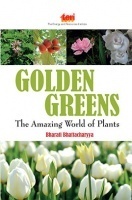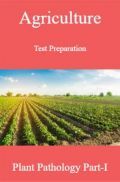In a broad sense, pharmacognosy embraces a knowledge of the history, distribution, cultivation, collection, selection, preparation, commerce, identification, evaluation, preservation, and use of drugs and economic substances affecting the health of man and other animals. Such economic substances extend beyond the category of crude drugs and their derivatives and include a variety of commercial products: allergens, allergenic extracts, antibiotics, immunizing biologicals, flavoring agents, condiments, beverages, insecticides, rodenticides, and herbicides. In a restricted sense, the definition of pharmacognosy implies a particular knowledge of methods of identification and evaluation of drugs.
This book Useful for Plant Pathology.
1. History, Origin of Pharmacognosy
2. Definition, Scope and Future Trends in Pharmacognosy
3. Classification of Crude Drugs
4. Traditional System of Medicine
5. Collection and Processing of Crude Drugs
6. Plant Hormones / Growth Regulators
7. Plant Tissue Culture: Principles and Methodology
8. Medicinal Plant Biotechnology
9. Drug Evaluation and Adulteration
10. General Methods Associated with Phytochemical Investigation of Herbal Products
11. Basic Metabolic Pathways and the Origin of Secondary Metabolites
12. Hallucinogenic, Teratogenic, Allergic and Other Toxic Plants
13. Pesticides from Natural Origin
14. Tumour Inhibitors from Plants
15. Drugs Containing Carbohydrates
16. Drugs Containing Alkaloids
17. Drugs Containing Tannins
18. Drugs Containing Volatile Oils
19. Drugs Containing Lipids (Fixed Oils, Fats, and Waxes)
20. Drugs Containing Resins
21. Drugs Containing Glycosides
22. Enzymes and Protein Drugs
23. Traditional Medicinal Plants
24. Ayurvedic Pharmacy
25. Fibres, Surgical Dressing, and Sutures
26. Marine Drugs
27. World Wide Trade in Medicinal and Aromatic Plants and Derived Products
Appendix
1. Chemical Tests for Plant Constituents
2. List of Crude Drugs
3. Glossary
4. References
5. Subject Index







